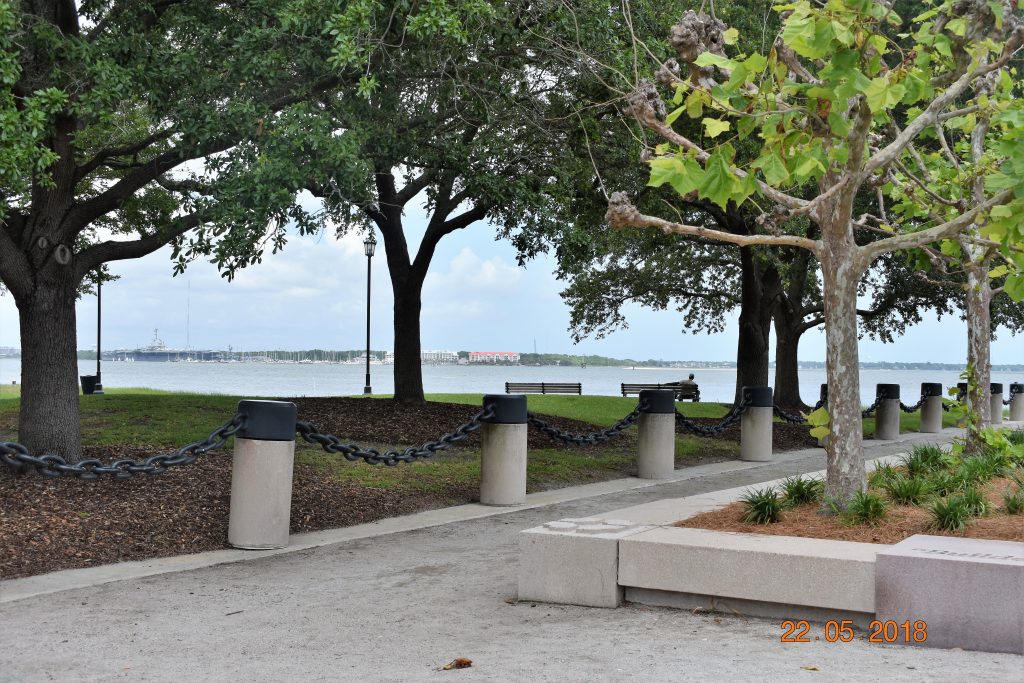ADGER'S WHARF
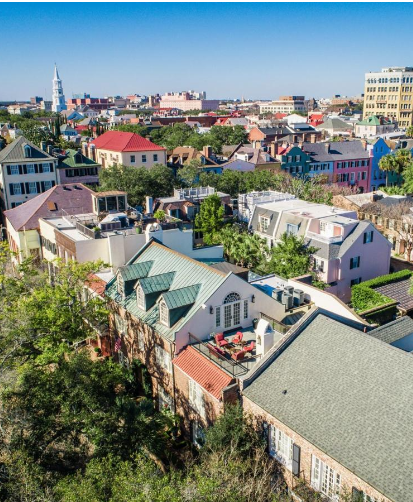
All the little block-long side streets running east/west south of Broad Street and east of East Bay Street are what they once called "low water lots," e.g., they were under water except at low tide. At that time, East Bay Street was Charleston's waterfront avenue of the 18th and early 19th centuries. Beyond that lay tidal marshes, over which shipping merchants built long wharves (sometimes called bridges) that led out to the river's harbor, where ships could tie up.
At the risk of oversimplification, over time the docks grew, buildings and fill were added to accommodate that expansion, and eventually the "new blocks" of man-made space came to be used and thought of as high ground (though flooding in downtown Charleston today does tell an interesting story of man's attempt to dominate the natural waterline.)
The area between North and South Adger's Wharves was first owned by Robert Tradd, believed to be the first child of European descent born in the Carolina colony in 1694. When Tradd died in 1731, he bequeathed this "Water Lott" to Jacob Motte, the public treasurer of the colony and a prominent merchant. Motte built the first wharf here shortly thereafter along what we now know as South Adger's Wharf. Among the buildings Motte added to his wharf were a "scale house" for weighing cargo, as well as an office and store, which he built some time after the Great Fire of 1740 destroyed most of the buildings in this area.
The wharf just north of Adger's was owned by a fellow by the name of Greenwood, a British merchant and consigner of the tea taxed under Parliament's Tea Act of 1773. Greenwood's Wharf today is known as North Adger's Wharf.
Just south of Motte's Wharf (South Adger's today) at the east end of Tradd Street was an area set aside for public use. The "Ichnography of Charles Town at High Water: map drawn in 1739 shows and Exchange building located here that included a courtroom. The courtroom sat within a triangular brick fortification called a redan, one of three built along the brick harborside fortifications of the walled city, which also included two corner bastions and a half-moon battery. This courtroom probably burned in the Great Fire of 1740.
Here at the foot of Tradd Street, the colony established its Lower Market, where a variety of food stuffs and provisions were sold. Archaeology undertaken at this sight in 2008 yielded artifacts that would suggest a cobbler's shop was here, based on the number of soles that were unearthed. By 1799, the Lower Market was closed and this site became part of the right of way for South Adger's Wharf.
By that time, William Crafts had purchased both Motte's and Greenwood's wharves and they became known as Crafts North and South Wharves. These in turn were purchased in 1822 by Arthur Middleton as the administrator of Nathaniel Russell's estate. He later purchased them from the estate for himself. He sold part of the wharves to James Hamilton & Co. in 1835.
Sometime in the late 1830s or '40s, James Adger & Co. acquired the two wharves, which became the southern terminus of the first steamship line between Charleston and New York. Some accounts claim this trade made James Adger the wealthiest man in America at this time.
One of Adger's ships, the SS James Adger, was docked in New York's harbor when the Civil War broke out. It was, of course, confiscated by the Union army and used throughout the war by the U.S. Navy, who sailed her under the retained name.
After the war, large brick buildings continued to be built between North and South Adger's Wharves. The 1884 Sanborn insurance map shows that Adger & Co.'s office was located at 90 East Bay Street and that warehouses between the two wharves held cotton. The north side of North Adger's Wharf also housed cotton warehouses, with brokers' offices located above them.
In the 20th century, port activities moved further north on the peninsula. The wharves and warehouses were gradually converted into residential and office use. One can still see the granite base of Adger's South Wharf extending into the harbor's Cooper River. It is now incorporated into the city's Waterfront Park.

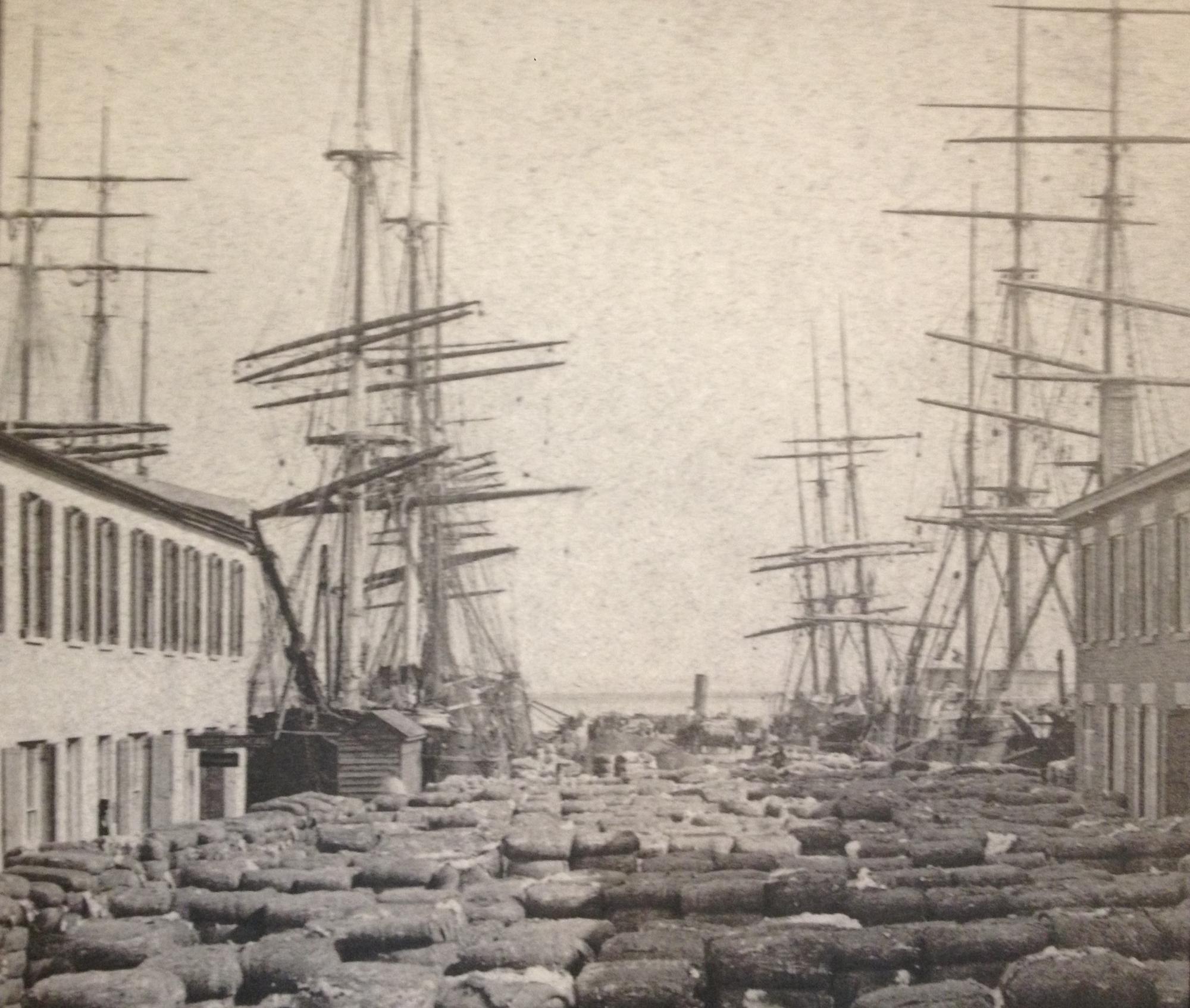
Cotton waiting to be loaded onto the ships, c. 1885.
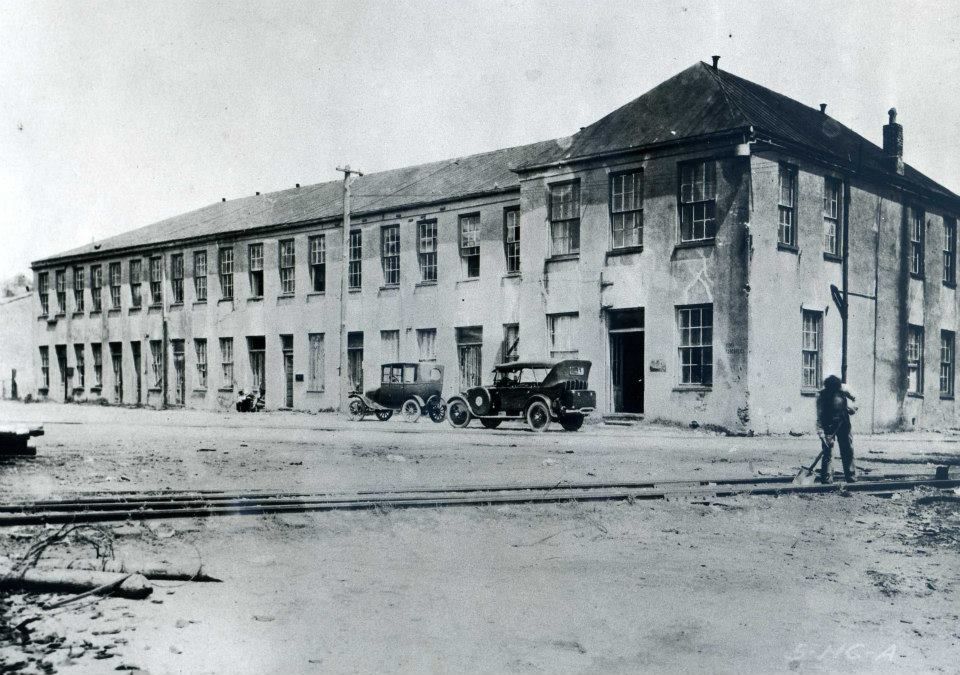
South Adger's Wharf, c. 1920
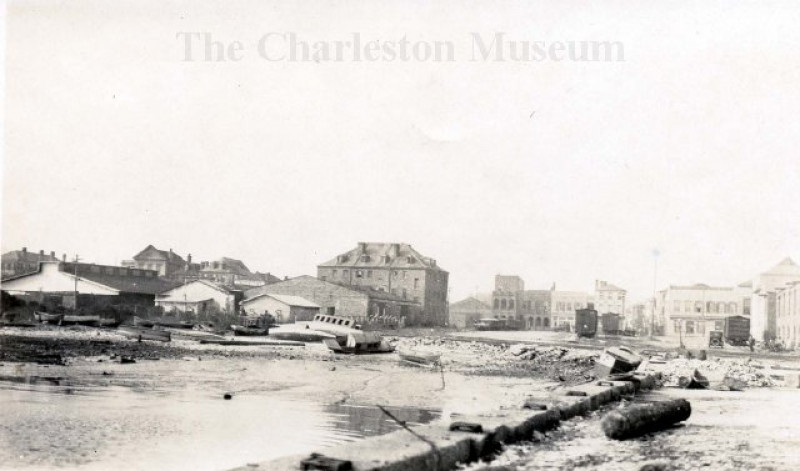
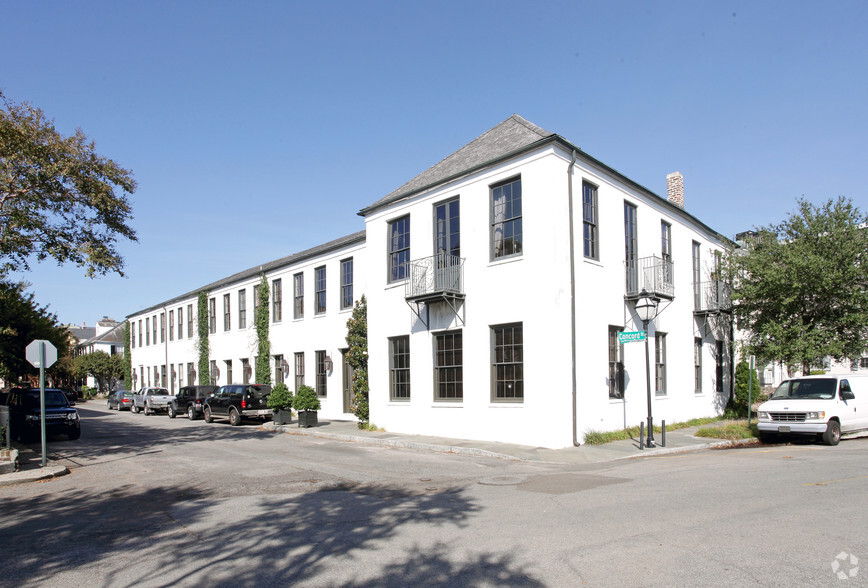
North Adger's Wharf today
